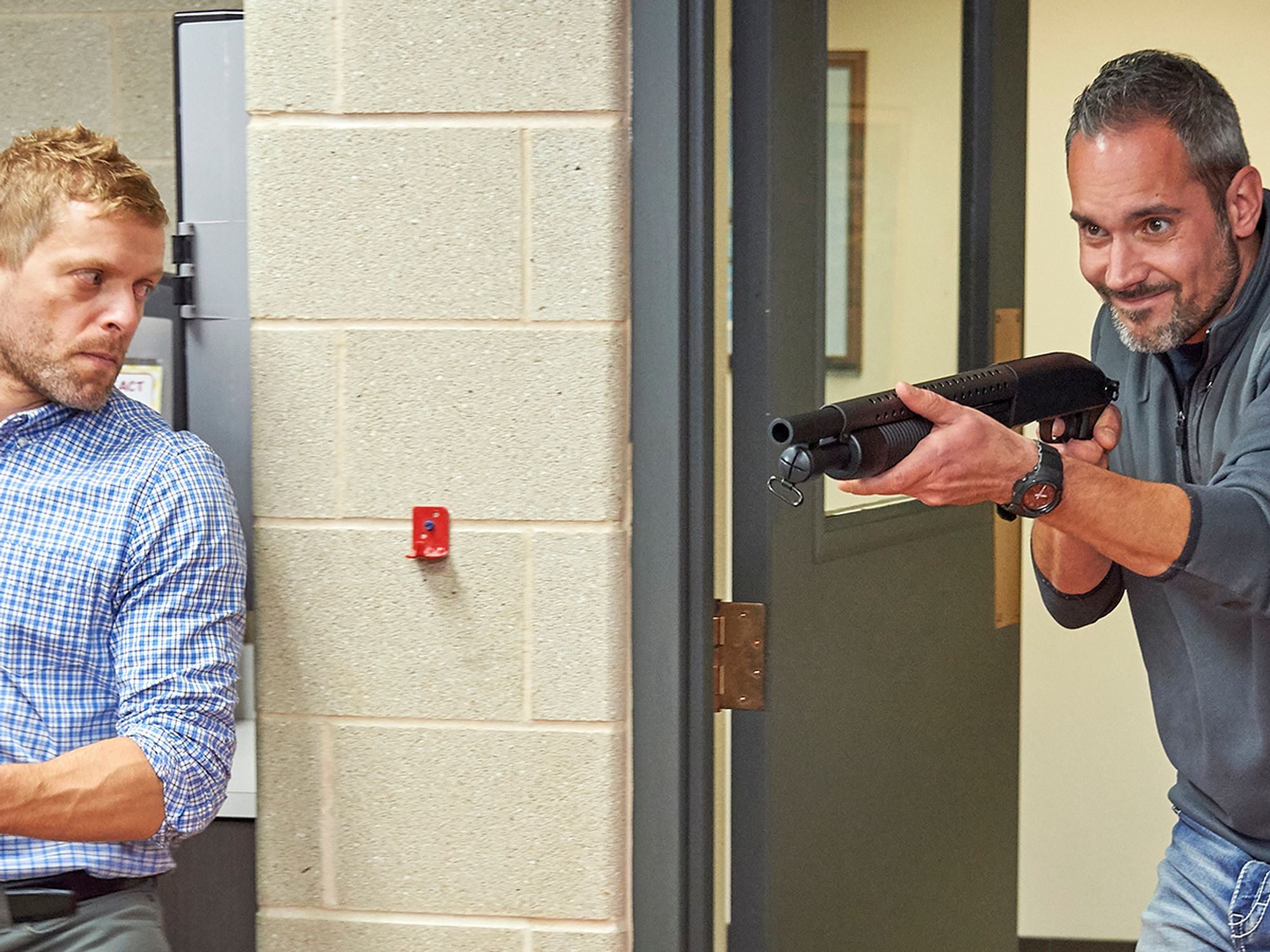Identifying and responding to an active shooter situation

- While employers are responsible for keeping their workers safe, everyone should know how to recognize and respond to threats.
- Disaster response has three stages — denial, deliberation, and decision — and the faster the decision stage is reached, the better.
Employers have a responsibility to keep their workforce safe, but employees should know how — and be encouraged — to take control of their own safety. No one should have to put their well-being entirely into the hands of others.
Everyone has the right to do what is necessary to stay safe. Just like any other threat (fire, tornado), people can learn to identify and survive an active shooting situation.
The subconscious mind cannot tell the difference between imaginary and real situations. Therefore, it can be helpful to practice how to respond to an active threat by both:
- Visualizing (seeing the event unfold in the mind), and
- Seeding (adding sounds and experiencing the feelings of the event).
Identifying an active shooting in progress
Gunfire is not a common sound in most workplaces, so the human brain will typically associate the noise with something less frightening to prevent triggering a stressful physiological response. “Could it be a car backfiring? Is someone shooting off fireworks?”
However, those noises are no more common than gunfire — just less scary. Thus, it’s imperative not to waste time wondering if it was gunfire or not.
Actual gunfire will be followed by sounds of hysteria — screaming, yelling, and running as people react to the situation. This is the time to take action in order to survive. The action to take will depend on the responder’s location, physical abilities, and distance from the active shooter.
There are three stages of disaster response, and the chance of survival increases with the speed that a person proceeds through them:
- Denial. The brain makes up stories as protection — it doesn’t want to believe the situation is real or be the first to react.
- Deliberation. The human brain (rational thinking) and the reptilian brain (fight, flight, or freeze) are in conflict.
- Decisive moment. Time to take action.
